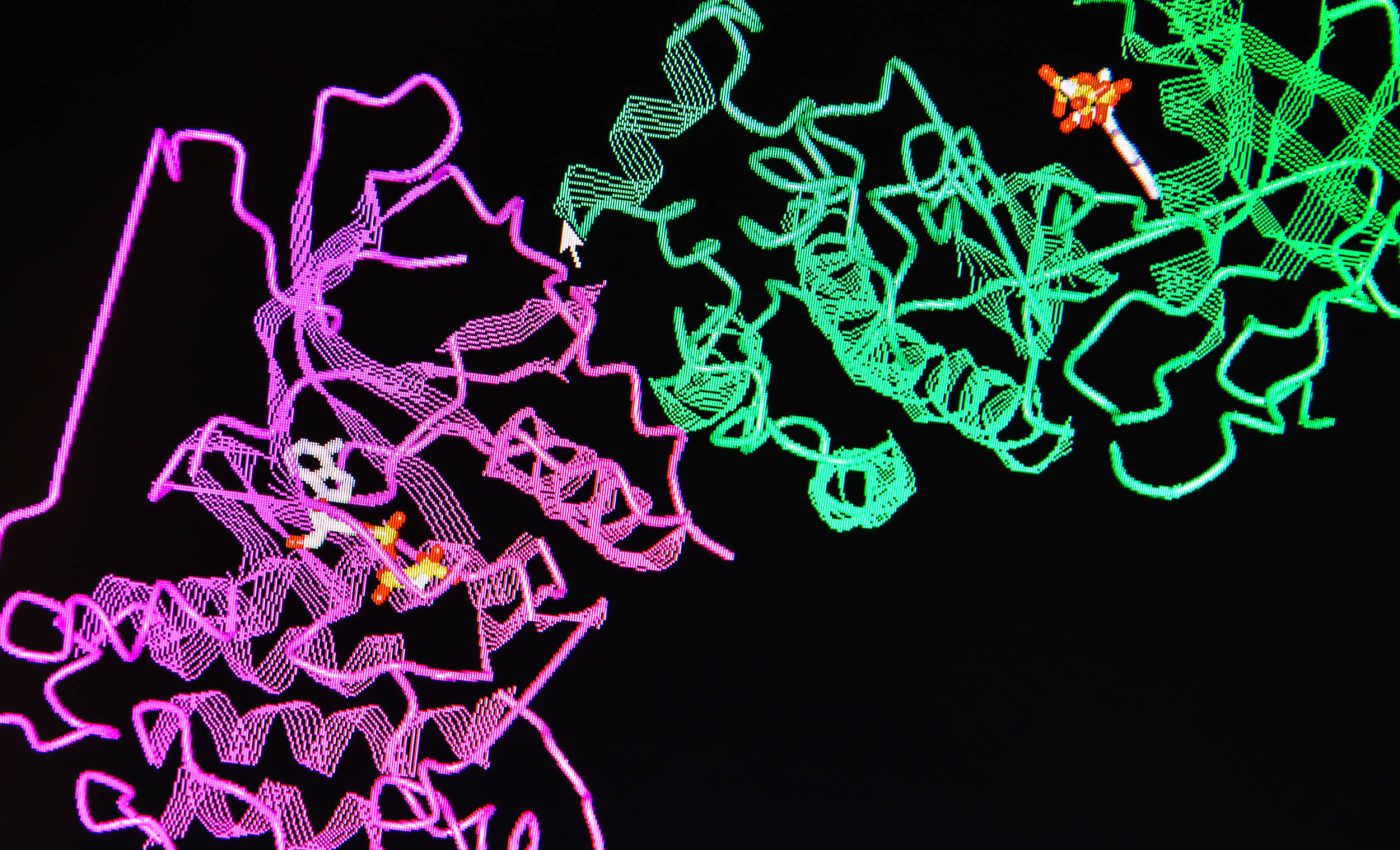
'Superfamily' of bacterial predator proteins is changing scientific theory
For gram-negative bacteria, many life-or-death decisions happen on their outer surface, where special outer membrane proteins work like gatekeepers, sensors, and support structures. Scientists have long thought these proteins followed a strict architectural rule book.
That rule book just gained a startling footnote thanks to PopA, an unusually shaped protein from the predatory bacterium Bdellovibrio bacteriovorus.
The discovery was made by Professor Andrew Lovering and colleagues at the University of Birmingham.
“The unique structure and function of PopA suggest that bacteria have more complex ways of interacting with their environments than previously understood,” said Professor Lovering.
Rewriting protein structure rules
Classical porins form single barrels or three‑barrel clusters that let nutrients or antibiotics seep through. PopA, by contrast, assembles five identical 16‑strand barrels into a single bowl about 100 Å across, locking an alpha‑helical plug in the middle.
X‑ray crystallography and cryo‑electron microscopy show that the five barrels share walls, producing a seamless outer rim instead of five separate cylinders. That distinction forces a rethink of how beta‑barrel proteins can fold and fit into the membrane.
The inner surface of the bowl is lined with hydrophobic residues, while the outer face carries a ring of lysine that may guide the protein into the cell wall.
Molecular dynamics simulations predict that the structure stays stable even when shaken inside a realistic membrane patch.
PopA’s basic fold resembles the long‑chain fatty‑acid transporter FadL but swaps FadL’s single channel for a pentameric chamber, illustrating how small loop changes can rewrite a scaffold once thought rigid.
Fat trapped in bacteria membranes
Instead of forming an open pore, PopA corrals up to eleven lipid tails in a tight monolayer, turning the protein into a miniature bucket for fat molecules.
Electron density maps from two detergents and live simulations converge on the same picture, so the lipid binding is unlikely to be a crystallization artifact.
When PopA is expressed in harmless Escherichia coli, the prey’s membranes bulge and sometimes rupture, hinting that the trapped lipids destabilize the surrounding bilayer rather than shuttling small molecules..
Liposome swelling tests back that idea: vesicles containing PopA pass only the tiniest amino acids, while a standard porin lets sugars zip through at least six times faster.
A second binding pocket behind the bowl wall captures a palmitate molecule much as FadL does, suggesting PopA could also recruit free fatty acids during predation.
PopA protein helps bacteria attack prey
Bdellovibrio slips between the outer and inner membranes of other bacteria, consumes the cell from within, and bursts out to hunt again.
PopA may prime that invasion by loosening the prey’s inner membrane, a task that would explain why deleting the popA gene derails predator growth in certain lab strains.
Fluorescent microscopy shows PopA patches appearing in both outer and inner membranes of E. coli, supporting the notion of inter‑membrane transfer reported in earlier predation studies.
The same images reveal inner‑membrane damage in roughly one out of six cells producing PopA, a rate four times higher than controls.
Such membrane sabotage could give the predator an early nutrient pulse or open a route for larger effector proteins.
It also underscores why Bdellovibrio and its tools have drawn attention as living antibiotics, especially as drug resistance rises.
The Centers for Disease Control and Prevention estimates that more than 2.8 million antimicrobial‑resistant infections strike Americans each year, killing over 35,000 patients.
Similar proteins found across bacteria
PopA is no quirky one‑off. Structure searches guided by artificial‑intelligence models uncover dozens of homologues in soil, gut, and marine bacteria.
Some build tetramers or hexamers, others stretch loop eight into helixes that enlarge the central cavity, yet all keep the lipid‑trapping core.
Another group of proteins, built from just eight strands, also forms ring shapes with a fatty center. This suggests that bacteria may have hit on the same solution more than once.
Holding onto certain fats inside the membrane might help reshape the cell’s surface or make room for other important proteins.
Intriguingly, certain pathogens such as Treponema denticola encode a PopA‑like hexamer linked to biofilm formation, while cellulolytic Fibrobacter species express another variant during plant fiber degradation. Those clues imply the superfamily’s functions extend well beyond predation.
Because many candidates sit in understudied microbes, the full ecological range of these lipid buckets is only starting to emerge. Each new structure offers a chance to refine folding models that still treat beta‑barrels as neat cylinders.
Possible medical and biotech uses
Learning how PopA shields and flips lipids could guide the design of antimicrobial peptides that pry apart bacterial envelopes without harming human cells.
Biotechnologists already coax outer membrane vesicles to deliver vaccines; engineering a PopA‑like cavity into those vesicles might improve cargo control.
Synthetic biology could also co‑opt the pentameric scaffold as a nano‑reactor, trapping hydrophobic reagents in a defined space.
Because the bowl displays conserved loops on its outer face, it may accept affinity tags or catalytic groups with minimal disruption.
For live‑bacterial therapies, PopA offers a new biomarker to track predatory efficacy and safety.
Disabling its lipid trap might dial down host toxicity if Bdellovibrio is ever given intravenously, while boosting trap strength could sharpen the predator’s bite in agricultural settings.
Finally, the PopA story in bacteria shows how combining high-resolution imaging, AI search tools, and old-fashioned mutagenesis can reveal protein surprises even in pathways once thought settled. Many more bacterial protein surprises likely lie buried in genomic databases.
The study is published in Nature Communications.
—–
Like what you read? Subscribe to our newsletter for engaging articles, exclusive content, and the latest updates.
Check us out on EarthSnap, a free app brought to you by Eric Ralls and Earth.com.
—–













